Excellent Tips for Importing Goods from China

Introduction
Embarking on the journey of importing goods from China can be a game-changer for your business. As the manufacturing powerhouse of the world, China offers a vast array of products at competitive prices. However, navigating the complexities of international trade requires strategic planning and a deep understanding of the sourcing process.
- Understanding the Chinese Market
- Negotiation Strategies
- Quality Control Measures
- Logistics and Shipping
- Cost Analysis and Budgeting
- Risk Mitigation Strategies
- Trends in Importing Goods and Sourcing
- Sustainability in Importing Goods
- Challenges in Importing Goods from China
- The Future of Importing Goods from China
- Conclusion
Understanding the Chinese Market
Before delving into the sourcing process, it’s crucial to understand the dynamics of the Chinese market. Factors such as cultural nuances, market trends, and consumer preferences play a significant role. Thorough research on product trends and market demand sets the foundation for a successful sourcing strategy.
To avoid potential pitfalls, it’s essential to be well-versed in the legal and regulatory landscape. Navigating trade laws, compliance with quality standards, and understanding certification requirements are paramount. This ensures that your imported goods meet the necessary standards and regulations.
The success of your sourcing venture hinges on partnering with reliable suppliers. Online platforms, such as Alibaba and Global Sources, provide a vast pool of potential partners. However, due diligence is crucial. Evaluate supplier credibility by checking reviews, certifications, and conducting thorough background checks.
Navigating cultural differences is a skill that shouldn’t be underestimated. Understanding Chinese business etiquette and building strong relationships with suppliers fosters a positive working environment. Respectful communication and cultural sensitivity contribute to long-term success.
Negotiation Strategies
Effective communication is the cornerstone of successful negotiations. Building a strong rapport with suppliers and employing effective negotiation strategies can lead to favorable terms. From price negotiation to establishing long-term relationships, effective communication is key to sourcing success.
Quality Control Measures
Ensuring the quality of your imported goods is non-negotiable. Implementing stringent quality control measures, such as product inspections and factory audits, safeguards against receiving substandard or counterfeit products. This proactive approach protects your brand reputation.
Logistics and Shipping
Choosing the right shipping method and understanding customs procedures are crucial aspects of the sourcing process. From air freight to sea freight, each option comes with its own set of considerations. Familiarizing yourself with customs regulations minimizes delays and ensures a smooth logistics process.
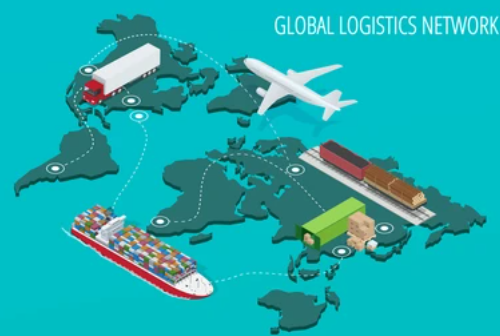
Cost Analysis and Budgeting
Transparent cost analysis is essential for budgeting purposes. Calculate not only the product cost but also factor in shipping, customs duties, and other associated expenses. Creating a comprehensive budget plan helps in avoiding unforeseen financial challenges.
The volatility of currency exchange rates can impact your sourcing costs. Regularly monitor exchange rates and consider strategies to minimize currency risks. This proactive approach ensures that fluctuations in currency values don’t adversely affect your budget.
Risk Mitigation Strategies
Importing goods comes with inherent risks. Implementing risk mitigation strategies, such as insurance considerations and contingency planning, prepares your business for unforeseen challenges. Being proactive in risk management safeguards your investment.
Trends in Importing Goods and Sourcing
Staying abreast of industry trends is crucial for sustained success. Embracing technological advancements, such as e-commerce platforms and digital marketing, can give your business a competitive edge. Adapting to market changes ensures continued relevance in the dynamic landscape of global trade.
Sustainability in Importing Goods
In an era of increasing environmental awareness, ethical considerations in importing are gaining prominence. Embrace eco-friendly sourcing practices and prioritize suppliers with a commitment to sustainability. Aligning your business with ethical sourcing contributes to both social and environmental responsibility.
Challenges in Importing Goods from China
Importing goods from China is not without its challenges. From language barriers to cultural differences, businesses must navigate various obstacles. Understanding and addressing these challenges head-on can lead to more resilient and successful sourcing strategies.
In today’s digital age, technology plays a pivotal role in efficient sourcing. Utilizing advanced software for supply chain management, data analytics for market insights, and digital communication tools can streamline the sourcing process. Embrace technology to stay competitive in the global market.
The landscape of international trade is influenced by government policies and trade agreements. Stay informed about changes in tariffs, trade agreements, and geopolitical dynamics that may impact your sourcing strategy. Adapting to these changes ensures compliance and strategic decision-making.
Advanced market research goes beyond identifying product trends. Utilize data analytics, consumer behavior studies, and emerging market research techniques to gain a comprehensive understanding of your target market. Informed decisions based on robust research lead to more successful sourcing outcomes.
Relying on a diverse and reliable supplier network is crucial for resilience in the sourcing process. Explore opportunities to expand your network and build relationships with multiple suppliers. Having backup suppliers mitigates risks associated with unforeseen circumstances affecting your primary suppliers.
Networking is a powerful tool in the world of global trade. Attend industry events, trade shows, and networking sessions to build connections with potential suppliers, partners, and industry professionals. Strong networks provide valuable insights, collaborations, and opportunities for growth.
Ensuring the quality and compliance of imported products requires a multifaceted approach. Conduct thorough inspections, collaborate with quality assurance professionals, and stay informed about industry-specific regulations. Prioritize suppliers with a demonstrated commitment to quality and compliance.
The Future of Importing Goods from China
The landscape of global trade is ever-evolving, and it’s essential to anticipate future trends. Keep an eye on emerging markets, evolving consumer preferences, and advancements in technology that may impact the sourcing landscape. Being proactive positions your business for sustained success.
While China remains a dominant player in global sourcing, exploring other potential markets can diversify your supply chain and reduce risks. Consider the advantages and challenges of sourcing from different regions. A diversified approach enhances flexibility and resilience in your sourcing strategy.
Successfully sourcing products is only part of the equation; effectively marketing them is equally important. Embrace innovative marketing strategies, such as influencer collaborations, social media campaigns, and targeted advertising, to create awareness and demand for your imported goods.
Conclusion
Sourcing success from China demands a strategic approach and a commitment to excellence. By understanding the market, navigating legal complexities, building strong relationships, and embracing sustainability, businesses can unlock the full potential of global sourcing. Remember, every challenge presents an opportunity for growth. Seize the moment, explore new horizons, and let the world be your marketplace.
Recent Posts
- Budget-Friendly Imports: Strategies for Cost Control When Importing Goods From China
- Bridging Cultures: Navigating Cultural Aspects in China Imports
- Guide to working with a sourcing agent in China for startups
- How China Sourcing Agents Can Transform Your Business
- Exploring the Benefits of Collaborating with a China Sourcing Agent
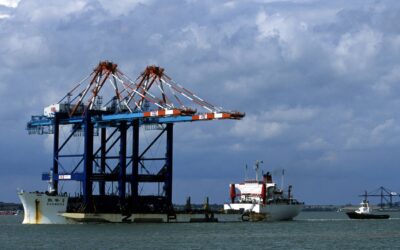
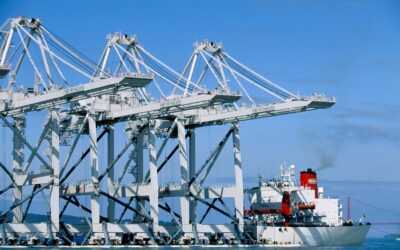
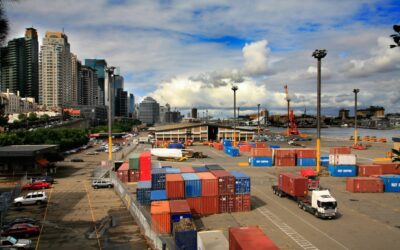


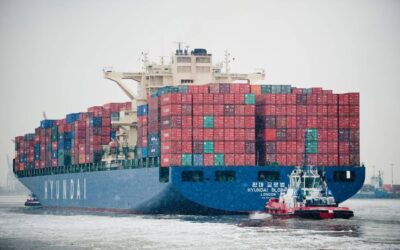
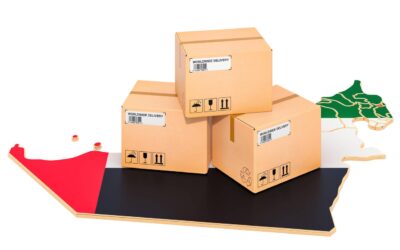
Recent Comments